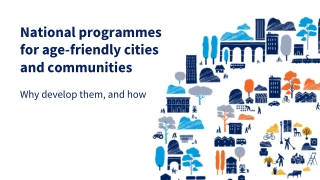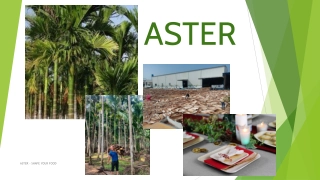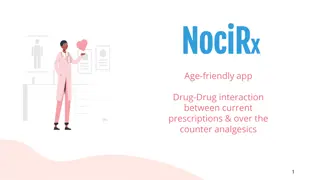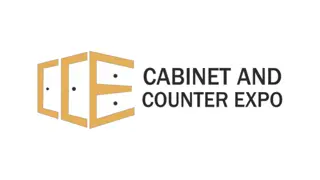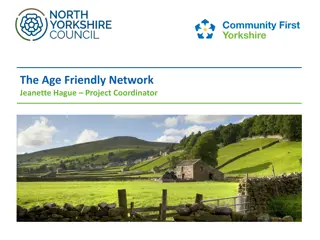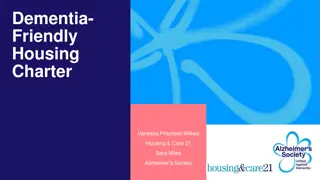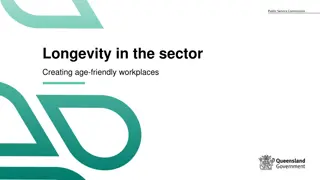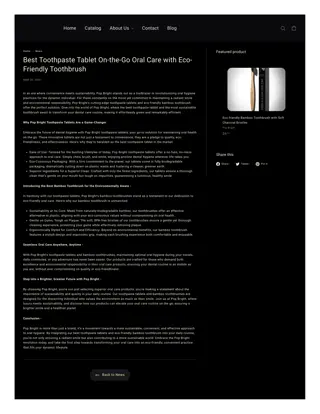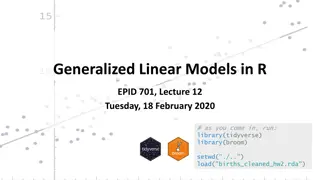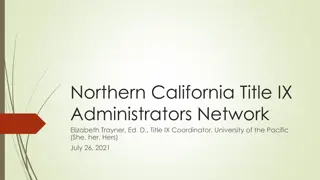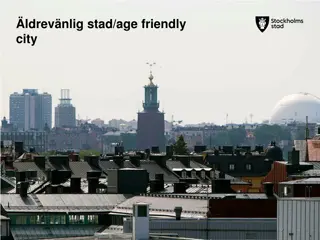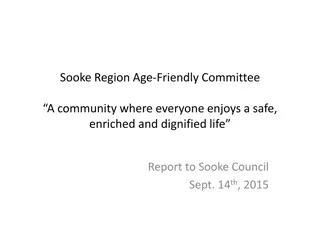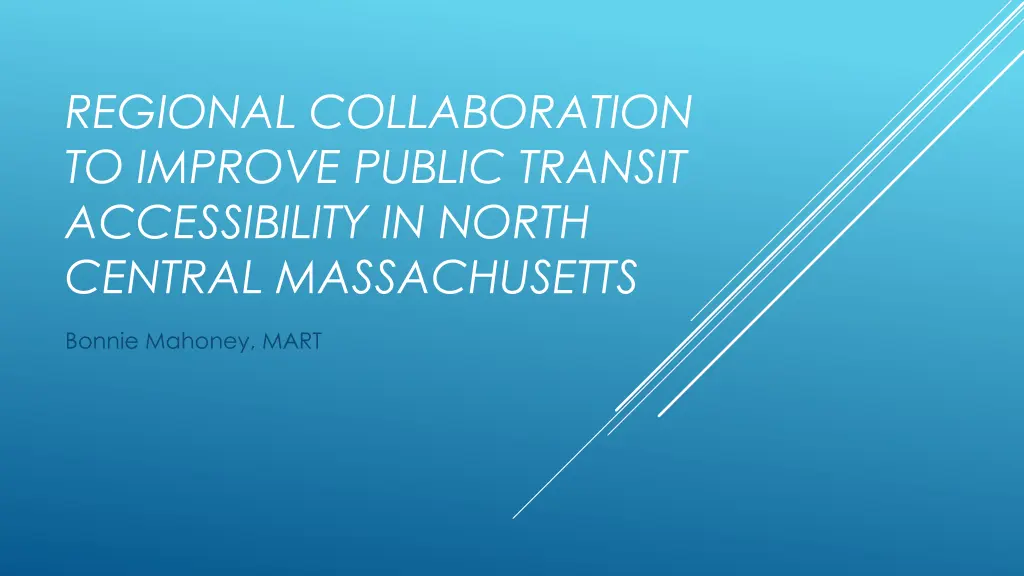
Improving Public Transit Accessibility in North Central Massachusetts
Explore the regional collaboration efforts to enhance public transit accessibility in North Central Massachusetts, addressing the rising demand for transportation, especially among seniors. The focus is on improving coordination, efficiency, and cost control through innovative partnerships and strategies.
Download Presentation

Please find below an Image/Link to download the presentation.
The content on the website is provided AS IS for your information and personal use only. It may not be sold, licensed, or shared on other websites without obtaining consent from the author. If you encounter any issues during the download, it is possible that the publisher has removed the file from their server.
You are allowed to download the files provided on this website for personal or commercial use, subject to the condition that they are used lawfully. All files are the property of their respective owners.
The content on the website is provided AS IS for your information and personal use only. It may not be sold, licensed, or shared on other websites without obtaining consent from the author.
E N D
Presentation Transcript
REGIONAL COLLABORATION TO IMPROVE PUBLIC TRANSIT ACCESSIBILITY IN NORTH CENTRAL MASSACHUSETTS Bonnie Mahoney, MART
Transit demand is rising Population is aging The young are moving away from rural areas Zero and single car households are increasing Bigger focus on Healthcare transportation Last mile but resources are not State resources are tight and federal resources are unstable The need is exceeding the resources, so Coordination of resources and transit efficiencies become more important Public/Private Partnerships CURRENT STATE OF TRANSPORTATION
COUNCIL-ON-AGING TRANSPORTATION THRU MART Each member municipality is loaned 1 MART paratransit van to provide Senior & Disabled transportation in their respective community. (3 cities & 2 towns have MART operate their COA transportation directly which gives them access to more capacity.)
Ridership 120,000 117,084 116,756 116,004 115,000 110,000 105,292 102,645 105,000 100,336 98,263 100,000 95,000 90,000 85,000 2010 2011 2012 2013 2014 2015 2016 Ridership SENIOR TRANSPORTATION IS GROWING QUICKLY
COA transportation Costs 2,500,000 2,250,000 2,400,686 2,394,183 2,319,084 2,000,000 2,092,723 2,053,037 1,947,276 1,942,183 1,750,000 1,500,000 1,250,000 1,000,000 750,000 500,000 2010 2011 2012 2013 2014 2015 2016 Cost w/Overhead BUT SO IS THE COST.
MART reimburses each member municipality all COA Transportation related expenses each month. Some of the COA s were charging administrative overhead Some COA s hired full-time dispatchers/schedulers when the ride levels didn t warrant a full- time position Some COA s were using the MART van for non-consumer transportation related tasks. MART only had a verbal agreement with the towns as members for this benefit. MART decided that a structured contract was the best way to control costs. Shift insurance for vehicle from MART to the town to reduce MART direct costs and to shift liability to the proper employer of the driver. Admin/Dispatch hours limited to 1/3 hours of driver(s). Required better reporting of vehicles miles and hours used in transportation of consumers. MART also established a new method for cost allocation of it s own administrative overhead CONTROL COSTS THROUGH BETTER CONTRACTING
The hardest transition is still taking place Training the COA staff in the new reporting requirements Proper invoicing just what is eligible? Train drivers to record data points Train staff to use template to get accurate calculations from data Proper communication of need to reduce costs without cutting service THE TRANSITION HAS BEEN ROUGH
MART and the LRTA were a part of a groundbreaking coordination collaboration with the Cross Town Connect Transit Management Association (TMA) to use our COA vans in Littleton & Boxborough across RTA boundaries into Acton and Maynard. This model uses a centralized dispatch hired by CTC to reduce deadhead and other inefficiencies previously incurred by administrative barriers. USE RESOURCES WISELY THRU COLLABORATION These same parties are currently trying to solve the last mile problem for commuters to and from Littleton and Action Commuter Rail Stations. Goal is to maximize seat occupancy and increase efficiency
MART recently received a federal 5310 Rides to Wellness grant The goal of this research grant is to see if we can utilize the COA resources and ride scheduling software to solve the healthcare transportation issue for those who don t qualify as Senior, Disabled, or for MassHealth transportation benefits. This project has just begun so we ll keep you posted. RIDES TO WELLNESS

